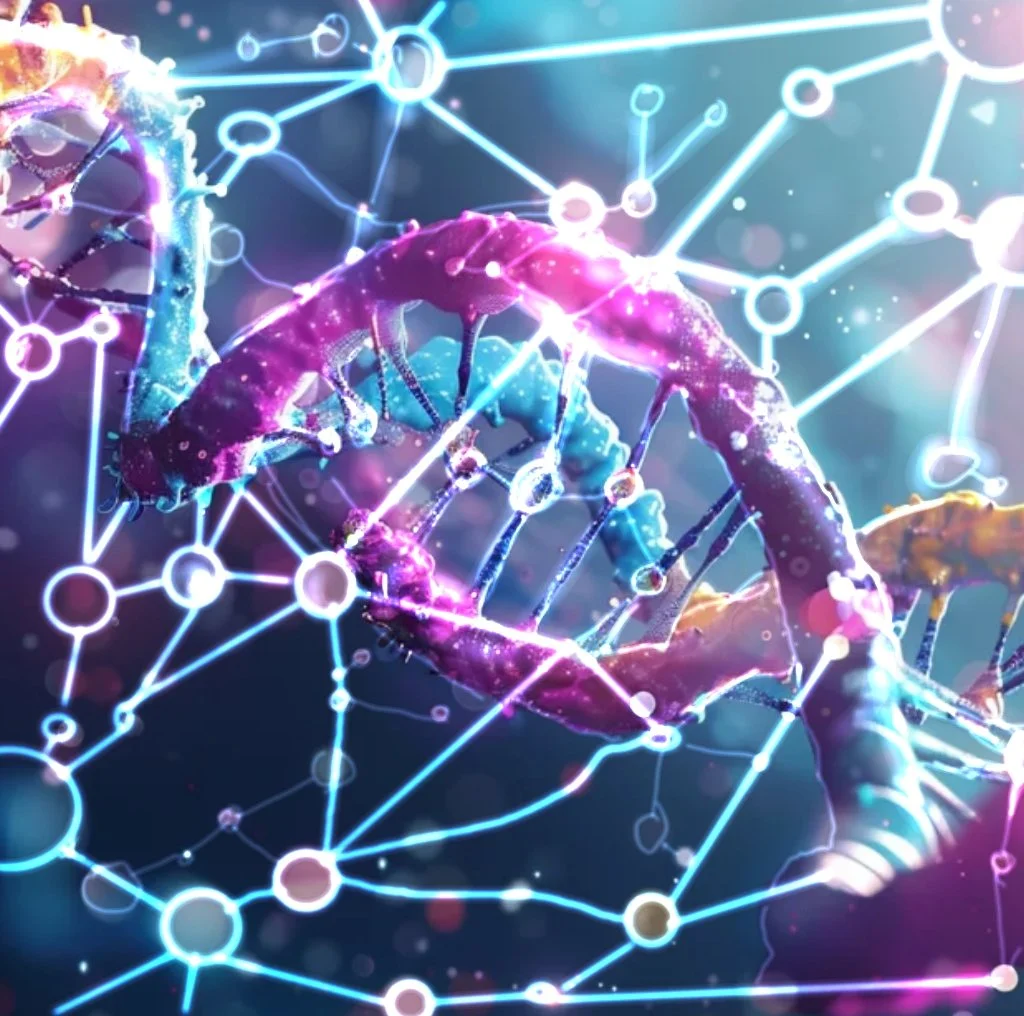
The Swiss Cheese Problem: Why AI Agents Need Symbolic Backbone
AI agents show superhuman skill yet still fail in simple ways — a paradox known as the “Swiss cheese problem.” The solution lies in neuro-symbolic integration: combining neural networks’ creativity with the rigour of symbolic logic. Knowledge Graphs provide the missing backbone enterprises need for reliable, trustworthy AI.
From Transduction to Abduction: Building Disciplined Reasoning in AI
Large language models excel at transduction — drawing analogies across cases — and hint at induction, learning patterns from data. But true reasoning demands abduction: generating structured explanations. By pairing LLMs with ontologies and symbolic logic, organisations can move beyond fuzzy resemblance toward grounded, conceptual intelligence.
Philosophy Eats AI
If software is eating the world and AI is eating software, what eats AI? The answer is philosophy—expressed through a clear, machine-readable ontology. By surfacing your enterprise’s core semantics and linking them to real data, you give AI a lens to reason over what truly matters: how your business creates value.
Ontology as Factorisation
Ontologies aren’t just knowledge maps — they’re mathematical compressions. By defining meaningful classes and relationships, you’re factorising high-dimensional data into a lower-dimensional conceptual space. This selective abstraction turns raw information into structured insight, giving AI systems clarity and focus.
A Pause for Thought
After years of rapid breakthroughs, AI’s exponential curve seems to be catching its breath. But this isn’t a slowdown — it’s a strategic pause. With generative AI reaching a 'good enough' baseline, now is the moment to focus on structure, meaning, and human-guided scaffolding through knowledge graphs.
What is an Ontology?
Ontologies are the next step beyond schemas and knowledge graphs — flexible, logical frameworks that define meaning, enable reasoning, and power intelligent AI systems. Learn how they transform static data into structured knowledge.
Transforming How Organisations See Data
Discover how large language models and knowledge graphs are transforming the way organizations leverage both structured and unstructured data. Learn how linking insights back to core business systems can unlock new capabilities and strategic advantages.
DeepSeek R1
What does DeepSeek mean for enterprises? The release of DeepSeek’s R1 model has caused shockwaves. This feels like a pivotal moment - demonstrating how constraints can drive innovation while also hinting at the economic and geopolitical 'mega-event' looming on the horizon. Beyond its clever efficiency gains, R1 underscores two critical trends that enterprises should heed: the rise of open-source AI and the irreplaceable value of high-quality data.
Reasoning Will Fall
OpenAI’s o3 model has set new highs in significant benchmarks—and that's a game-changer for all of us. If AI can reason, code, and excel in maths and science, it’s only a matter of time before it starts reshaping tasks critical to nearly every business. Let’s dive into how o3 performed on key benchmarks:










